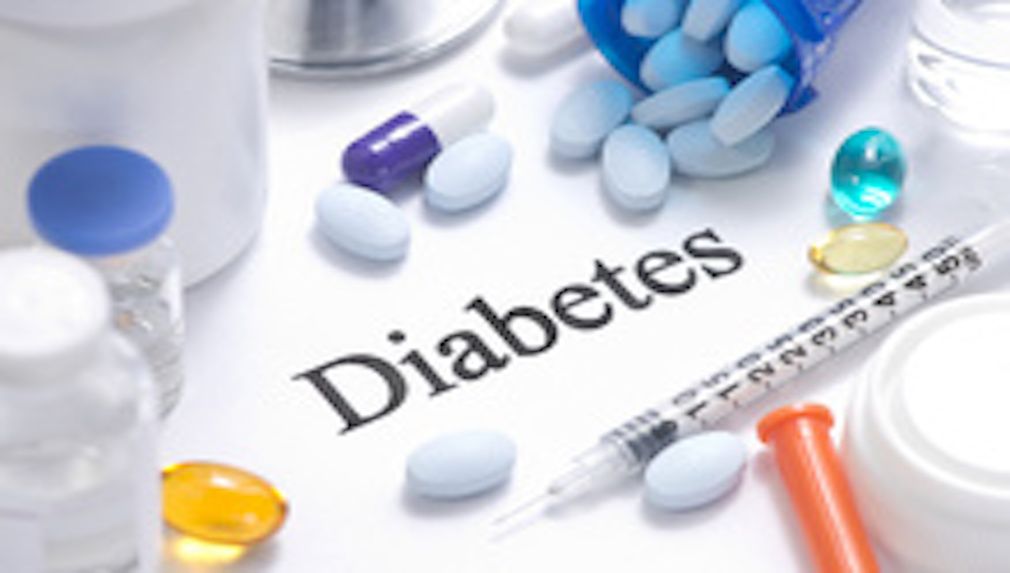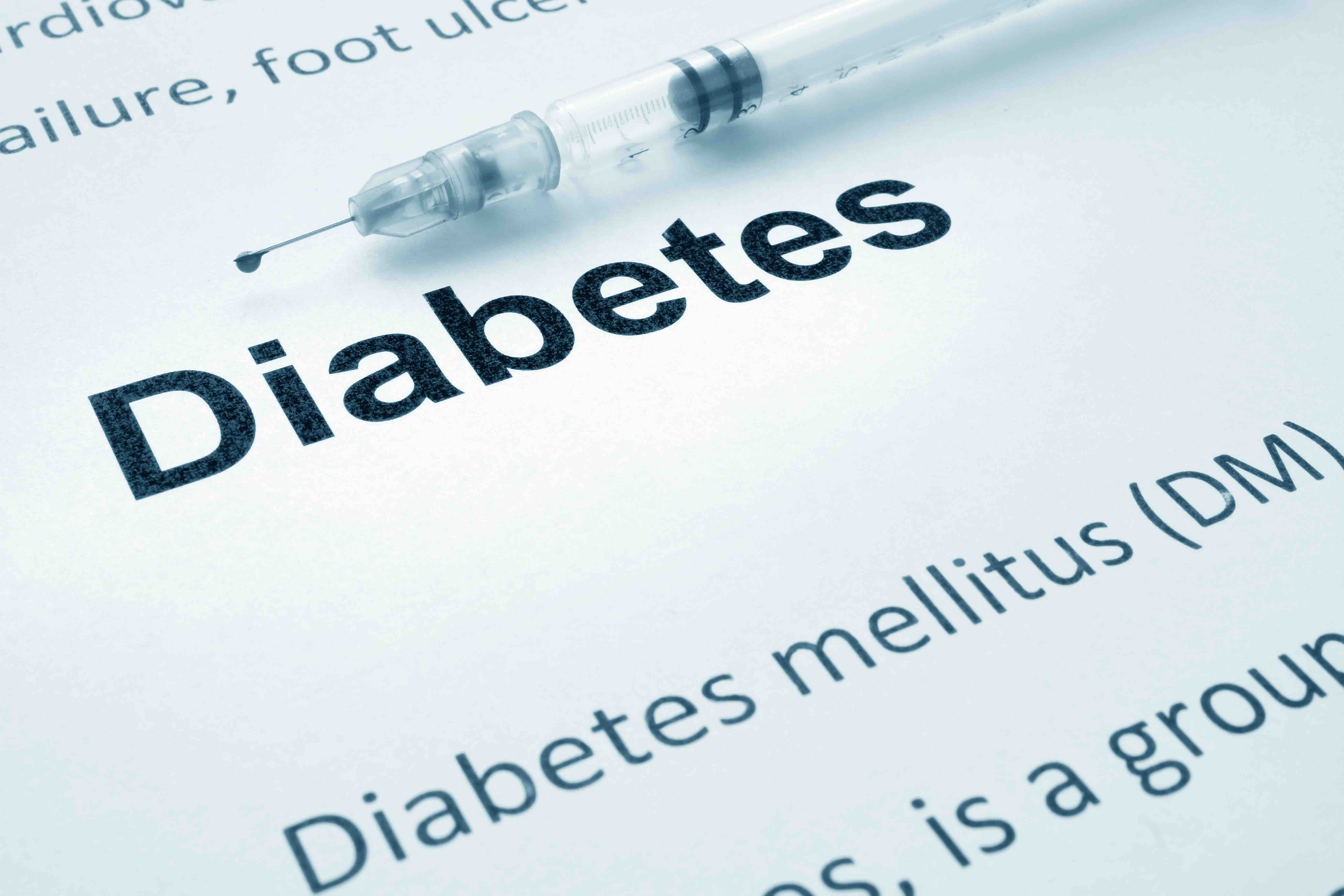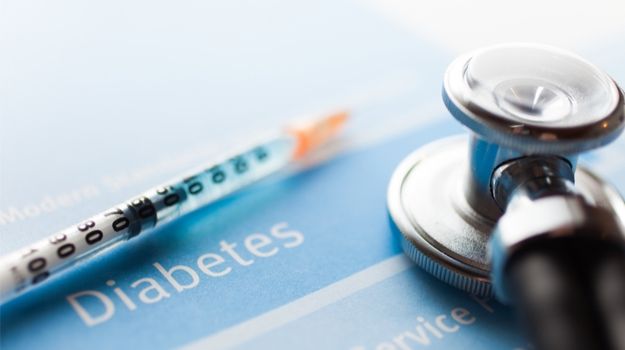Article
Preventing Obesity and Eating Disorders in Teenagers
Author(s):
Pediatricians are advised to not simply focus on weight loss, but also to examine behaviors. Too rapid weight loss could be a sign of trouble and dieting in young teens often leads to being overweight later.
Having family meals, avoiding “weight talk,” even keeping a television out of a teenager’s room—all are important predictors of whether a young person will grow up as a healthy eater who will avoid both obesity and disordered eating, according to a report from the committees on Nutrition and Adolescence of the American Academy of Pediatrics (AAP).
This report appears in the new issue of the AAP’s official journal, Pediatrics.
The authors, Neville H. Golden, MD; Marcie Schneider, MD; and Christine Wood, MD, FAAP, CLE; note that the rate of childhood obesity has more than doubled over the past 30 years. More recent data have shown some good news and some bad news: while obesity rates have eased over the past decade, costs and disparities between ethnic groups are high.
Data from the National Health and Nutrition Examination Survey show that 20% of adolescents (ages 12 to 19) were obese in 2012 and more than one-third (34.5%) met the definition of being at least overweight. The authors note that being overweight or obese in adolescence makes a young person more likely to be obese as an adult and more likely to develop type 2 diabetes, hypertension, or other comorbidities that bring significant health consequences and costs. Thus, the authors suggest interventions for pediatricians and families to avoid obesity, as well as eating disorders, which affect more female than male adolescents and contribute to high rates of depression and other mental health problems.
Most adolescents who develop an eating disorder were not previously overweight. However, the dynamics that lead to the disorder often begin with a teenager “trying to eat healthy,” the authors note. Moderately active adolescent girls need 2200 kcal/day and active boys need 2800 kcal/day, and athletes may need more. Restricting calories to lose weight or avoiding certain foods may progress to unhealthy behaviors, such as vomiting or the use of laxatives; this is especially true if the weight loss is initially encouraged and praised. The authors encouraged pediatricians to not simply focus on weight loss, but to also be aware of unhealthy symptoms and behaviors. If weight loss is too rapid, if young females stop menstruating, or if there are signs of depression or isolation, there may be more present than just disappearing pounds.
Troublesome behaviors include:
· Dieting. This is a risk factor that was the most important predictor of future disordered eating in adolescents if undertaken at too early an age. Girls without obesity who dieted in the ninth grade were 3 times more likely to be overweight in the 12th grade compared with nondieters.
· Family meals. Children who eat with the family are more likely to eat fruits and vegetables and less likely to drink soda or engage in disordered eating behavior, including purging.
· Weight talk. Even well-intentioned comments encouraging weight loss and dieting—their own or the child’s—can have the opposite effect. Conversely, talk about healthy eating was productive.
· Weight teasing. Studies show that 40% of girls who are overweight are teased by their own family members (average age, 12.8 years) and is highly predictive of disordered eating behavior. For both young men and women, hurtful comments from family members led to harmful behaviors and binge eating.
· Body image. About half of girls and one-fourth of boys are unhappy with their bodies; these figures are higher among overweight teenagers. High levels of body dissatisfaction are known to contribute to disordered eating.
What can pediatricians do? Encourage families to talk about healthy eating but not dieting. Time constraints in busy practices may extend conversations about difficult weight issues. Above all, the authors say, “Do not encourage body dissatisfaction or focus on body dissatisfaction as a reason for dieting.”





